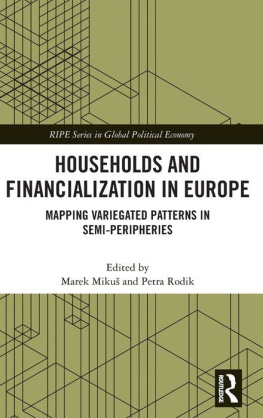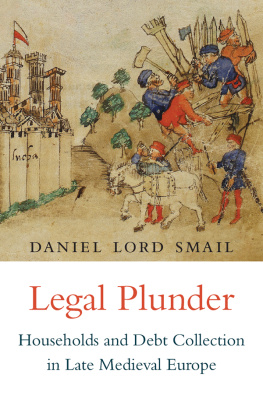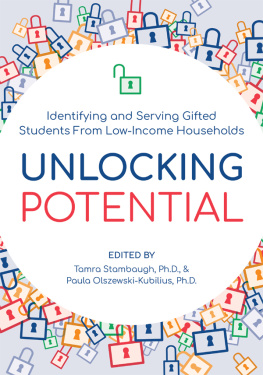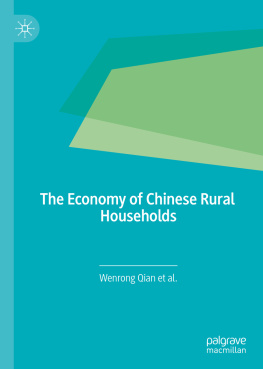First published 1999 by Ashgate Publishing
Reissued 2018 by Routledge
2 Park Square, Milton Park, Abingdon, Oxon, OX14 4RN
711 Third Avenue, New York, NY 10017, USA
Routledge is an imprint of the Taylor & Francis Group, an informa business
Copyright Paul Pennartz and Anke Niehof 1999
All rights reserved. No part of this book may be reprinted or reproduced or utilised in any form or by any electronic, mechanical, or other means, now known or hereafter invented, including photocopying and recording, or in any information storage or retrieval system, without permission in writing from the publishers.
Notice:
Product or corporate names may be trademarks or registered trademarks, and are used only for identification and explanation without intent to infringe.
Publishers Note
The publisher has gone to great lengths to ensure the quality of this reprint but points out that some imperfections in the original copies may be apparent.
Disclaimer
The publisher has made every effort to trace copyright holders and welcomes correspondence from those they have been unable to contact.
A Library of Congress record exists under LC control number: 99072653
ISBN 13: 978-1-138-34449-5 (hbk)
ISBN 13: 978-0-429-43848-6 (ebk)
Working on this book was a stimulating and enjoyable experience. Nevertheless, writing is a rather solitary and time-consuming occupation. The moral support of our colleagues and our family households provided a valuable input in sustaining the writing effort, and we are grateful for that There are a few people who played an important role in shaping the book, and to whom we owe a special debt. In the first place, our thanks go to Martin Southwold and Michael Price for correcting our English, a tedious but very essential job. In the second place, we would like to thank Marleen Veihoeven, Gerry van Nieuwenhoven and Riet van de Westeringh, whose assistance in transforming the manuscript of the book into a camera-ready copy was indispensable and most valuable. It goes without saying that we as authors are responsible for the book as it is, including the flaws that it might contain.
Paul J.J. Pennartz
Anke Niehof
Department of Economics and Management
Wageningen Agricultural University
The authors and publisher gratefully acknowledge permission from the following to reproduce copyright material:
- Prentice Hall, Inc., Upper Saddle River, NJ. for , copyright , Ajzen, I. and Fishbein, M. (1980), Understanding Attitudes and Predicting Social Behavior , p.84.
- Open University Press for : Ajzen, I. (1988) Attitudes, Personality, and Behavior , p.133.
- SAGE Publications, Inc., for , copyright , Taylor, J.R. and Todd, P. (1995), Environment and Behavior , vol. 27, p.617.
- MacMillan Press, Ltd. for , copyright , Pahl, J. (1989), Money and Marriage , p.95; with permission also of St Martins Press, Inc.
- The University of Chicago Press for , copyright , Murphy, P.E. and Staples, W.A. (1979), Journal of Consumer Research , vol. 6, p.17.
Some institutions in every society fulfill general functions of production, reproduction, and consumption. Generally, family households embedded in and interwoven with social networks in their environment have an important, albeit non-exclusive, role. To some, the family household is going to be stripped of all but a residual function of consumption. In our view such a conception is definitely wrong. The private dimensions of human living and the inherent domestic activities have indeed been undervalued, partly for fear of further stereotyping gender differences. But we expect households as representatives of the private sector to regain a more significant balance in relation to the public sector and the industrial sector. Instead of serving both other sectors, households will move towards a more balanced position for interaction with them (Bums, 1975).
In addition to the fulfillment of its general functions, studying family households is important for other reasons. The research on and the resolution of many urgent social problems require consideration of family households in order to understand the existence and the causes of these problems. For instance, child labour in low-developed countries is generally considered a highly urgent social problem, but its emergence and its continuance are undoubtedly bound to the needs and strategies of households the children are members of. Social policy which aims at reducing the amount of child labour has to conduct a concomitant policy which aims at enhancing the households economic welfare. In much the same way, general social problems concerning large-scale out-migration, emancipation of minority groups, gender inequality, or environmental pollution cannot be succesfully studied or resolved without considering the goals and strategies of the family households involved.
This book focuses on what goes on inside the black box of households. Initially we intended to restrict ourselves to processes of decision-making within households, but what seemed well-defined in the beginning gradually appeared to be just the tip of the ice-berg: decisionmaking is a process which is indivisibly interwoven with larger and encompassing processes going on within households and within the societal context Therefore, we widened our scope and aimed at developing a comprehensive view of what is going on in what we term the domestic domain.
We intentionally use perspectives from several disciplines so as to be able to catch the multiplicity of factors which influence the diversity and dynamics of households functioning and to stimulate dialogue and interchange between different disciplines (Chant, 1997). The book also intends to generate terms, ideas, and perspectives that are appropriate to other parts of the world, despite the fact that they predominantly originate from Northern universities.
We derive the term domestic domain from Goody (1972; Wilk and Netting, 1984; Jelin, 1991) who used the term for three main kinds of unit, namely the dwelling unit, the economic unit, and the reproductive unit. The dwelling unit pertains to a group that shares a living space (Wilk and Netting, 1984). The economic unit entails the persons who are jointly engaged in the process of production and consumption. The reproductive unit refers to biological reproduction, reproduction through domestic tasks for subsistence, and social reproduction, comprising the extra-tasks aimed at maintaining the social system. The domestic domain is closely associated with a web of emotional connotations, such as financial and emotional security, adult independence and freedom from control by others. It is also experienced as a place where family household members can experience togetherness (Pennartz, 1986; Richards, 1989; Cheal, 1991). However, as such it is a cultural ideal in liberal Western democracies which requires further critical investigation.
Households are defined in most censuses as spatial units where members live in the same dwelling and share basic domestic and/or reproductive activities such as cooking and eating (Wallman, 1986; Schlyter, 1989; Chant, 1997). However, such a definition hardly will do. On one hand, a group sharing a dwelling is not necessarily sharing resources and expenses. Extended families may share a compound or even a house, but do not necessarily share a kitchen (Niehof, 1985). The household itself may contain non-related persons more or less on a temporary basis, such as colleagues, friends, or lodgers (Chant, 1997).









